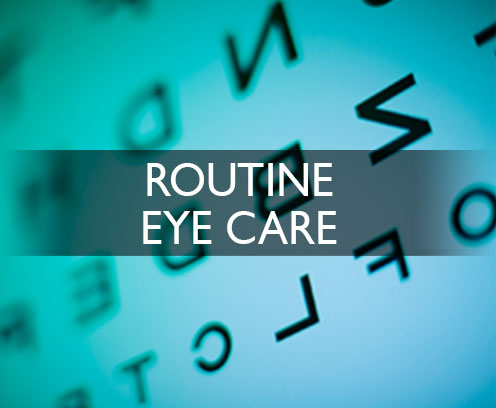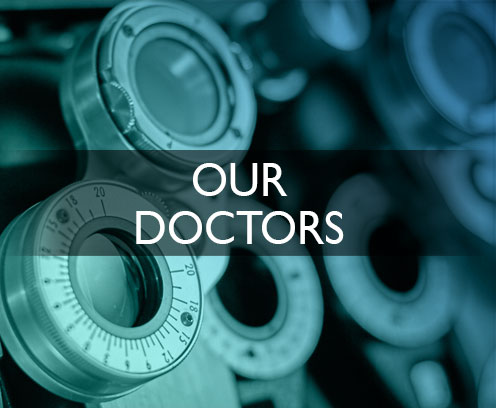Driving at night can feel daunting for individuals with some specific vision issues. However, there are effective solutions to help alleviate these challenges and enhance safety during nighttime drives.
Common vision issues affecting night driving
Refractive errors
Refractive errors like nearsightedness (myopia), farsightedness (hyperopia), and astigmatism can distort vision, particularly in low-light conditions. Drivers with uncorrected refractive errors may struggle to see distant objects or road signs while driving at night.
Glare sensitivity
Glare from headlights, streetlights, and reflective surfaces can cause discomfort and reduce visibility, especially for individuals with heightened sensitivity to light. Certain eye conditions such as cataracts can also exacerbate glare sensitivity, making night driving challenging.
Reduced contrast sensitivity
Poor contrast sensitivity can make it difficult to distinguish between light and dark objects or detect subtle differences in shading. This can impact the ability to see objects on poorly lit roads or identify hazards such as pedestrians or animals crossing the street.
Age-related vision changes
As people age, natural changes in the eyes can affect night vision. Conditions such as presbyopia (age-related farsightedness) and age-related macular degeneration (AMD) can impact vision clarity and increase sensitivity to glare, making night driving more challenging for older adults.
Dry eye syndrome
Dry eye syndrome can cause discomfort, burning, and irritation, especially in environments with low humidity like air-conditioned cars. These symptoms can worsen at night, leading to increased sensitivity to glare and reduced visual acuity.
Impaired depth perception
Depth perception is crucial for judging distances accurately while driving. Any condition that affects depth perception, such as strabismus (eye misalignment) or certain eye muscle disorders, can make it harder to gauge the distance between your vehicle and other objects on the road, especially at night.
Solutions to alleviate night driving vision issues
Corrective lenses
Wearing prescription glasses or contact lenses prescribed by an eye doctor can significantly improve vision clarity and acuity, both during the day and at night. Correcting refractive errors enhances visual performance and reduces strain on the eyes while driving in low-light conditions.
Anti-reflective coatings
Anti-reflective coatings applied to eyeglass lenses reduce glare and reflections, enhancing contrast and improving night vision. These coatings minimize the halo effect caused by oncoming headlights or bright streetlights, providing clearer vision and greater comfort during night driving.
Adjusting vehicle lighting
Ensuring vehicle headlights are properly aligned and free of dirt or debris maximizes visibility while driving at night. Adjusting interior lighting to a comfortable brightness level and minimizing glare from dashboard lights can reduce eye strain and improve night driving comfort.
Managing dry eye symptoms
Individuals with dry eye syndrome may find night driving challenging due to increased glare sensitivity and discomfort. Managing dry eye symptoms with lubricating eye drops, warm compresses, and lifestyle modifications can alleviate discomfort and improve vision quality during nighttime journeys.
Regular eye exams are crucial
Scheduling routine eye exams is a must for maintaining optimal vision health, especially for those experiencing difficulties with night driving. Regular eye exams can help detect and manage issues, ensuring safer driving experiences for yourself and others on the road. If you’re concerned about your night vision while driving, contact us to make an appointment for a comprehensive eye exam. Call 319-362-3937 or use this form.







